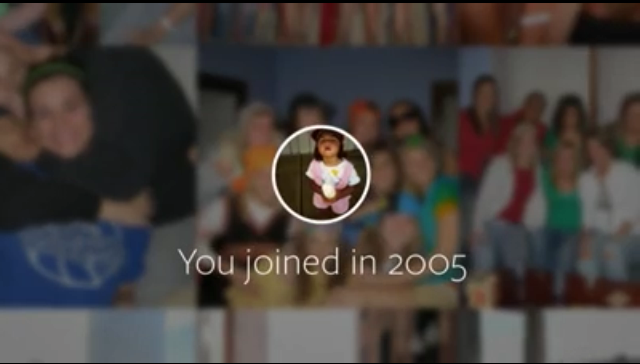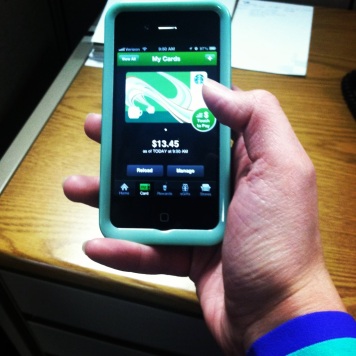Last Saturday night I sat on the patio of a local pub trying to hold back from devouring the plate of funnel cake fries sitting in the middle of the table but, more importantly, to celebrate one of my closest friend’s 25th birthday. We all went to high school together, and during those wonder years, the patio I was sitting on was home to a Borders.
My inner geek started creeping in and I thought to myself how incredible and powerful technology is, putting entire industries either out of business or forcing those who survive to radically change their business models (e.g. Barnes & Noble).

Poof. The need for another “me too” storefront retailer of CD’s and books is gone. Thank you iTunes and tablets. But, iTunes is so 2006, and online music streaming is now putting even the almighty iTunes at risk of extinction.
Every two days we create as much information as we did from the beginning of time until 2003. Today, it’s no secret data can aid in making better, more efficient decisions. Why not start applying it to how we attract, develop, and retain people?
In a few years (or today if you’re a Decoded Company):

(1) Internal referrals will never be the same!
Your LinkedIn profile is a data source being tapped by people you’ve never met, terrifying right? Not really.
With LinkedIn data and network notifications, you can be reminded of that ex-coworker who meets all of the requirements for the Accounting Department’s open analyst role. A quick e-mail asks if you would work with him again. A survey is sent evaluating culture fit. A few clicks later… #boominternalreferral. No outbound recruiting needed.
(2) The best Sourcer is no longer determined by who has the best Boolean string.
Wouldn’t it be cool if while I was sitting at a stoplight on my way to lunch, Wendy’s pinged my cell phone with a Buy One, Get One Free Jr. Bacon Cheeseburger coupon? By the way, it’s right across the street.
Location-based advertising can not only get you a discount on your next burger but maybe even find you your next job. Unassuming passive job seekers would be alerted of an opening on their smart phones when they walk by your office that could be a good fit for their background. Click here to apply. Companies in metro areas should be all over this with the high-level of foot traffic populating their sidewalks.
(3) Training is proactive rather than reactive.
What if you had an internal system tracking your projects? Any mistakes or errors made would be flagged. If an individual is consistently being flagged for the same mistake or error, their manager could be notified in order to provide training rather than wait for a quarterly or annual review to discuss solutions.
How we do things is being optimized by technology, and HR (or whatever snappy title you’ve given this department) is no exception.
We live in a world of information and if companies choose to ignore this or are slow to adapt, they may very well end up like Borders. However, if an organization can adjust their business model, use technology as an asset, and still hold onto their where I came from swag, they may find themselves in the Barnes & Noble safe zone… for now at least.
Anyone reading this blog on a Nook Tablet?











![linkedin-tips[1]](https://interviewgeek.files.wordpress.com/2012/08/linkedin-tips1.jpg?w=587&h=315)

